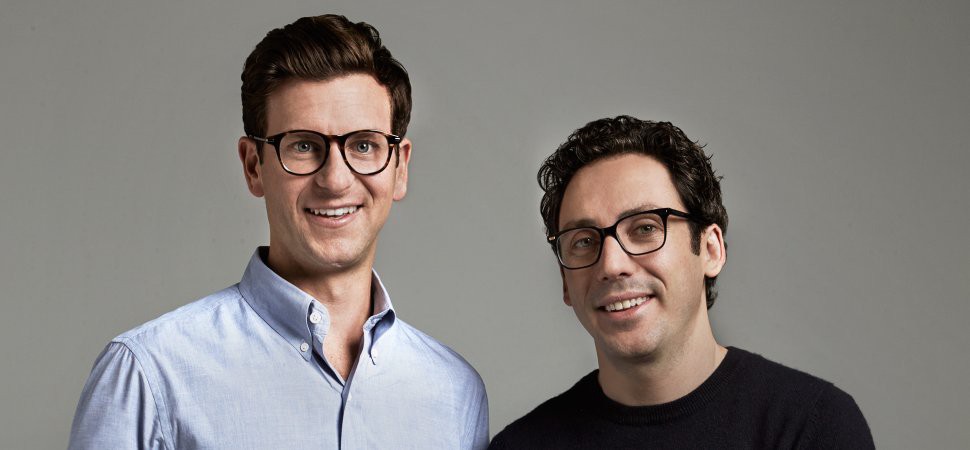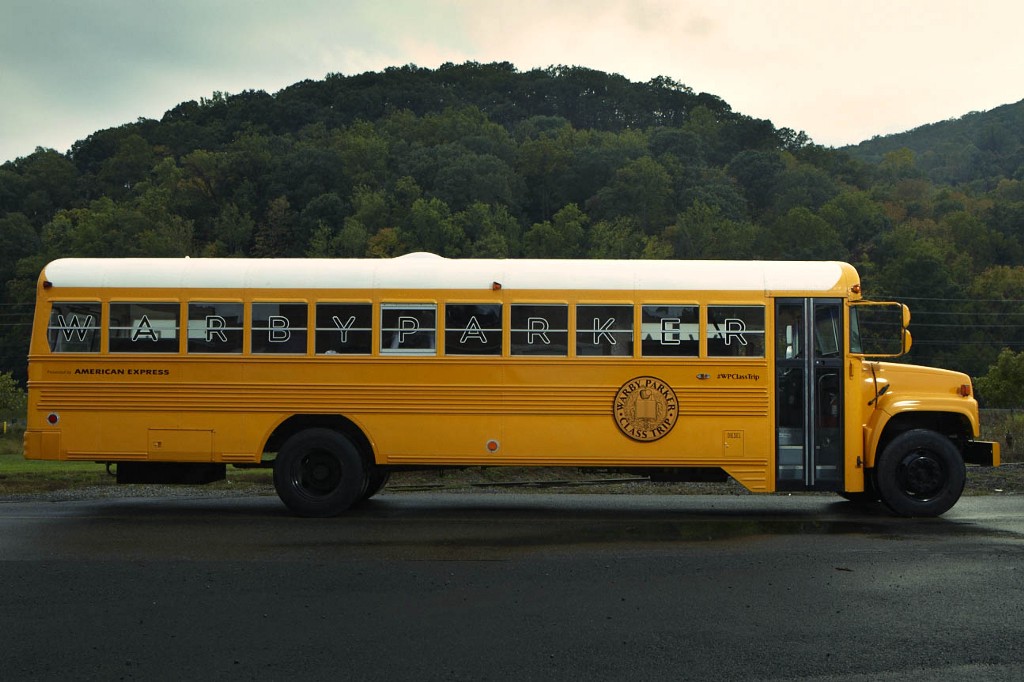The internet has been around since the early 1980s in its simplest form. The first eCommerce companies started popping up in the 90’s — including a few notable names like Amazon, eBay, PayPal, and Alibaba.
Throughout the 1990s, 2000s and this current decade, technological advancements in supply chain, logistics, digital advertising have made direct-to-consumer operations possible for almost every industry selling shelf-stable products.
While the digital journey has continued to advance rapidly, traditional brick and mortar operations remain largely antiquated. Big-box retailers dictate price and demand, yet provide minimal back-end sales reporting support or customer insights. Unfortunately, retailers are too often rigidly focused on optimizing their own bottom-line rather than curating a relationship with end-customers and partners that yields high returns for both parties.
If you talk to any brand that deals with a big-box retailer or distributor on the wholesale front, you’ll notice a consistent theme…
They Don’t Control Customer Experience (CX).
Many brands that sell into retailers wittingly accept this fate as if it’s unavoidable but in essence, they’re handing over their customer experience to a third-party and expecting someone unaffiliated with their brand to sell their product and services passionately.
I think we all agree this is not a good idea.

While traditional retail will remain a staple for decades to come, brands who own their cross-channel experience control their fate and are optimally geared for success in the modern business climate.
In February 2008, four MBA candidates at the Wharton School of Business couldn’t figure out why glasses weren’t sold online. One of the four students, Neil Blumenthal, emailed three of his friends — Dave Gilboa, Andy Hunt, and Jeff Raider — in the middle of the night to ignite the discussion. The next day, at a local bar — and after a few beers — they decided to go all in.
Warby Parker was first launched in 2010 as the team finished up their graduate degrees. Warby was launched as an exclusively direct-to-consumer brand offering prescription eyewear at affordable prices.
Fresh out of one of the worst economic downturns of a generation, more than a few people questioned customers’ propensity to buy prescription eyewear online versus in traditional retail stores.
Neil Blumenthal, Warby Parker’s co-founder and co-CEO, recalls people saying:
‘You guys are crazy, this is never going to work…if this was a good idea it would have existed already”.
Guess what? They cut out the noise, and it paid off…
In order to get customers into their funnel, they offered a box of five pairs of glasses. Customers can pick out 5 pairs of glasses they like online and get them delivered directly to their home to try on; they send the ones they don’t want back.
This growth-hack worked. Within the first three weeks of the website going live, the company hit its year one sales targets. The downside was they now had 20,000 customers on their waitlist for products after overselling inventory.
To combat the issue, the team wrote each customer a personal letter — which set the tone for their customer service strategy moving forward. They clearly got it.
Building deep relationships with your customers (even when inconvenient) translates to sustained, long-term revenue growth.
The beauty of direct-to-consumer operations is that you completely own the entire customer experience. It allows you to build personal relationships with each customer and gives the brand a ton of valuable data and customer feedback.
For instance, customers started emailing Warby Parker asking if they could come into their office to try on glasses. As a lean e-commerce startup, Warby Parker didn’t have an office so Neil Blumenthal invited them to his apartment.
This customer feedback got the team thinking though about how they could innovate around this trend. The team decided to deck out a school bus into a mobile Warby Parker store and visit 15 cities for experimental research.
“We were able to explore different neighborhoods in each one of those cities, so it gave us a blueprint and data for where to open up stores.”
– Neil Blumenthal
In April 2013, Warby Parker opened its first retail store, in New York City. Since then it has opened 87 physical locations and is planning on opening 35–40 new stores in 2019 at an increasing clip. These stores create a bridge between Warby Parker’s online and offline experience and help Warby build detailed maps of customer preferences that are uniquely owned.
By starting online, however, Warby came in as the disruptive alternative to the traditional eyewear company and was able to control its Customer Experience from day one.
With a powerful cross-channel foundation, Warby has doubled down on innovating its business model. Warby Parker’s launched an iPhone app that lets you try on glasses leveraging augmented reality. They are also trying to innovate on the digital eye examination process to help customers define prescription needs in their home, in real-time!
Warby Parker is a great example of how brands today need a holistic customer experience strategy spanning direct-to-consumer and traditional retail channels.
Warby’s success would’ve never been possible without curating a unique relationship with its customer — afforded by its initial commitment to direct-to-consumer. It’s no wonder you are seeing many Warby Parker wannabees leverage this same strategy.
In fact, this may be the one scenario where it’s okay to be a wannabee.



Hi, this is a comment.
To get started with moderating, editing, and deleting comments, please visit the Comments screen in the dashboard.
Commenter avatars come from Gravatar.